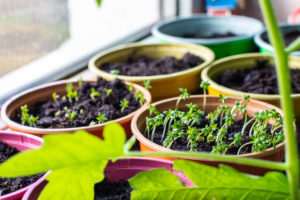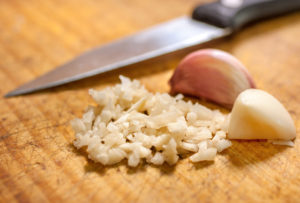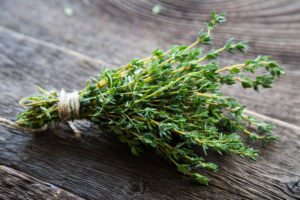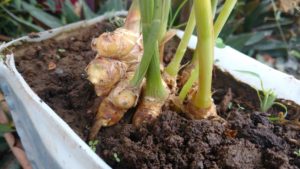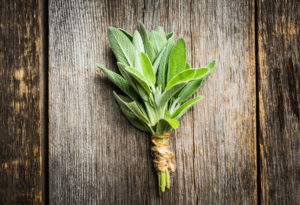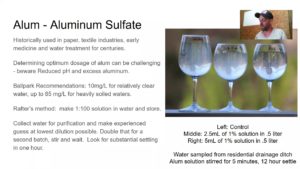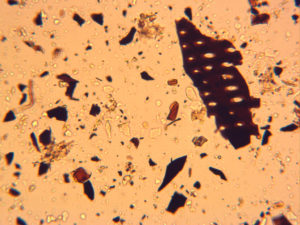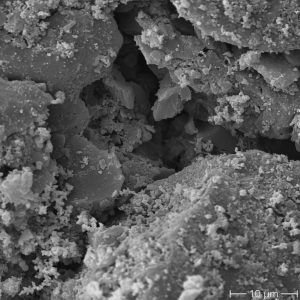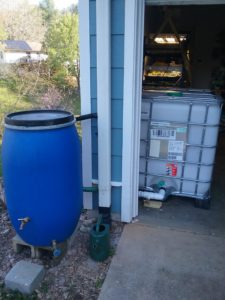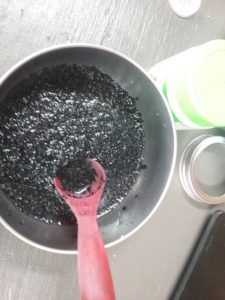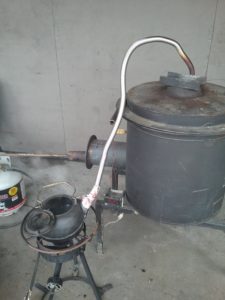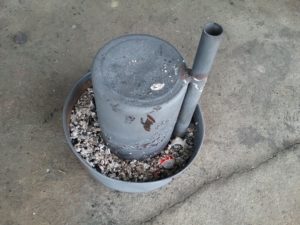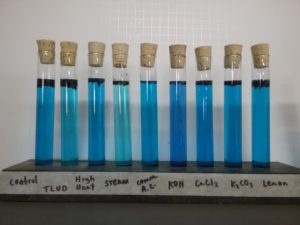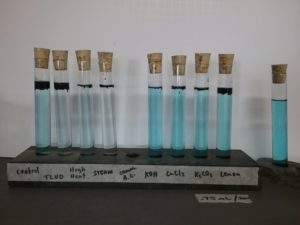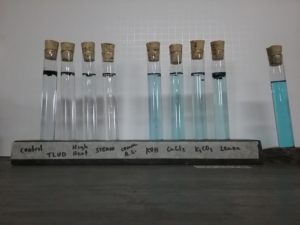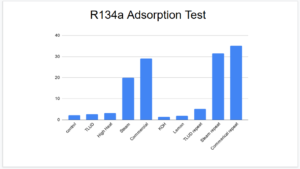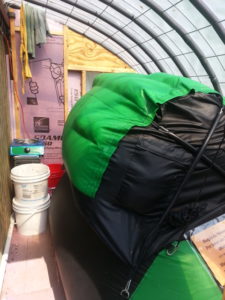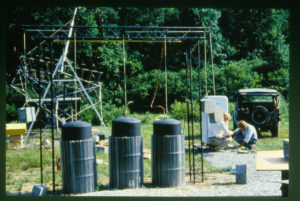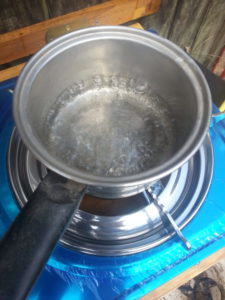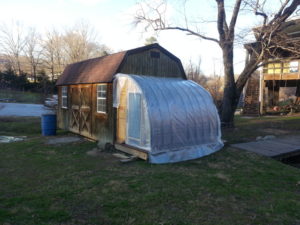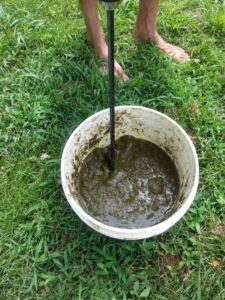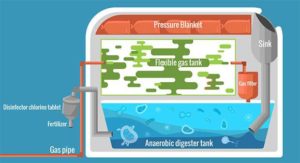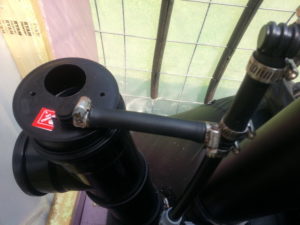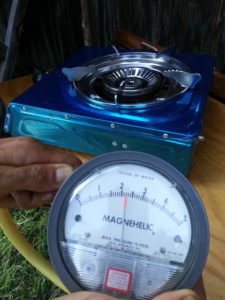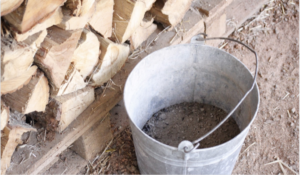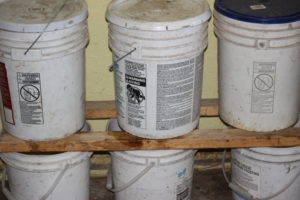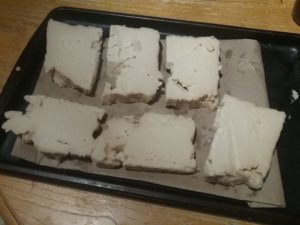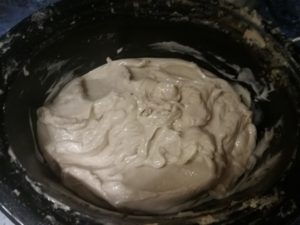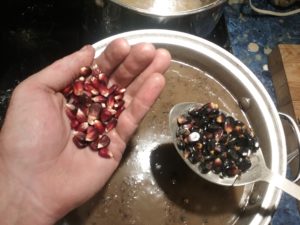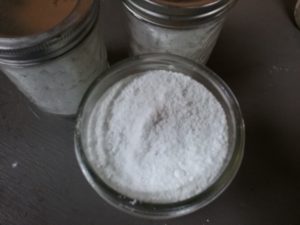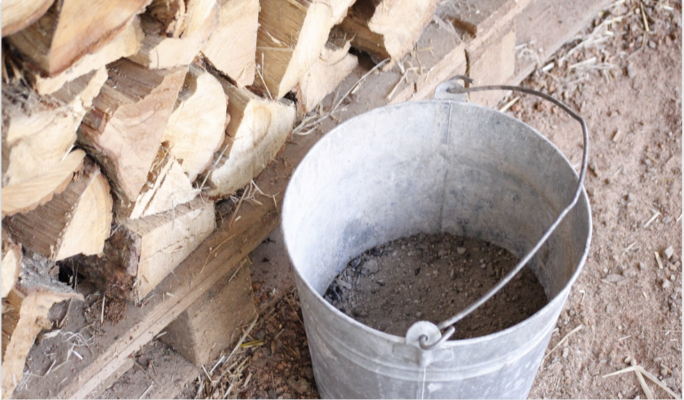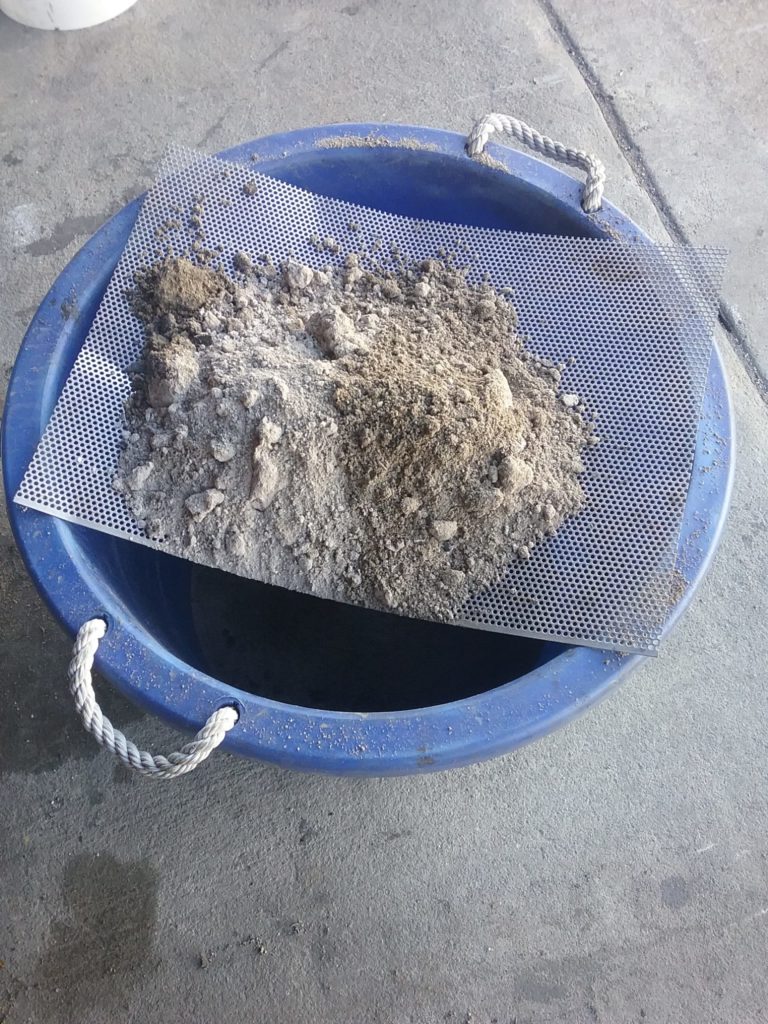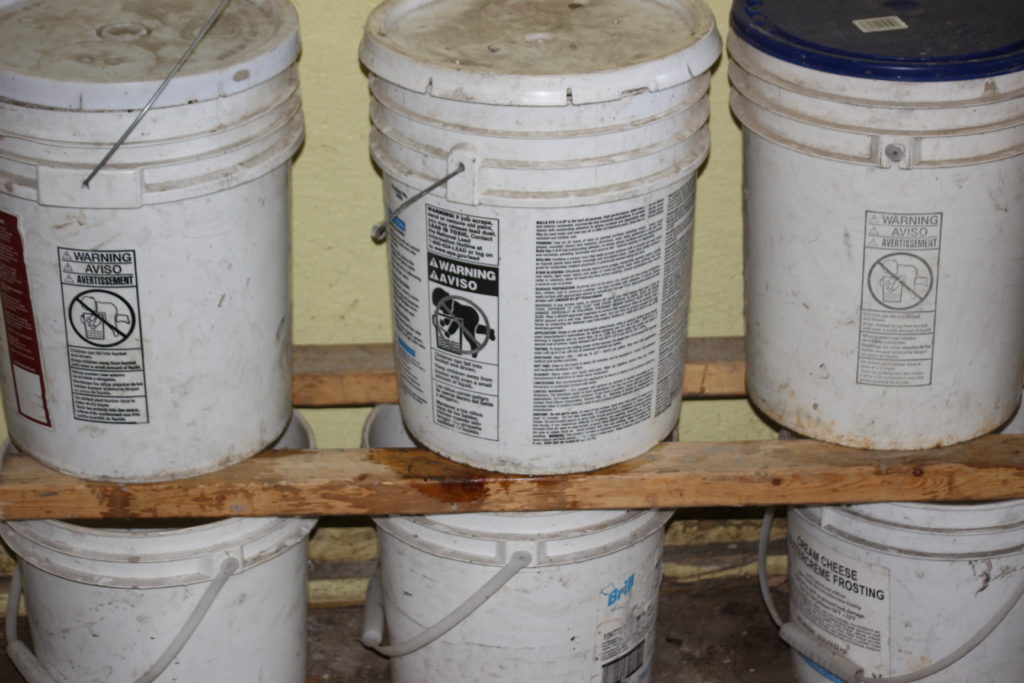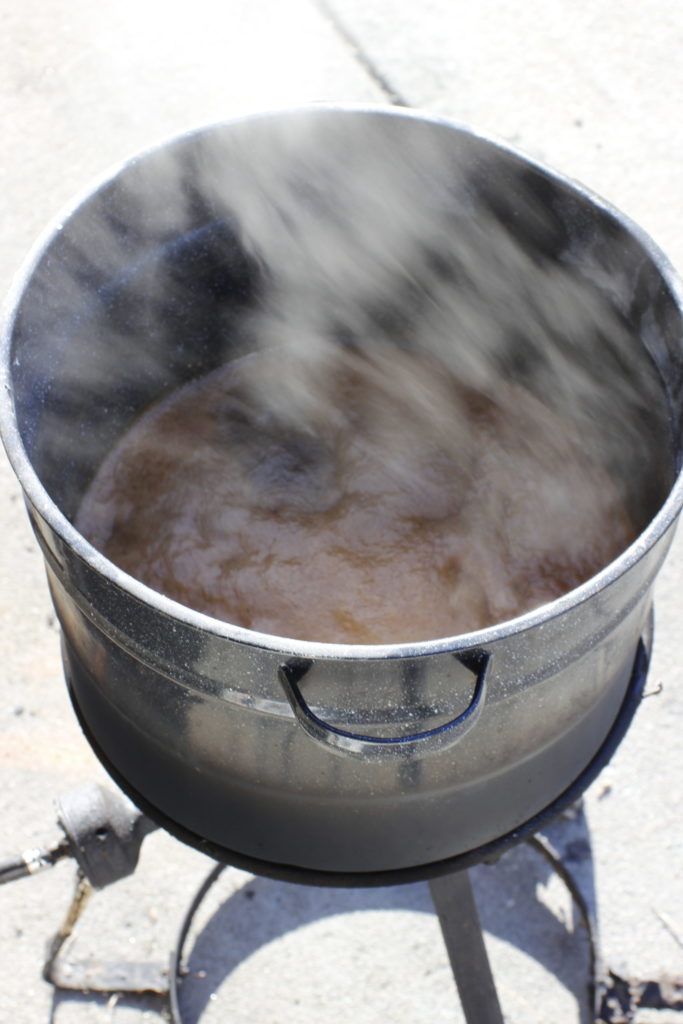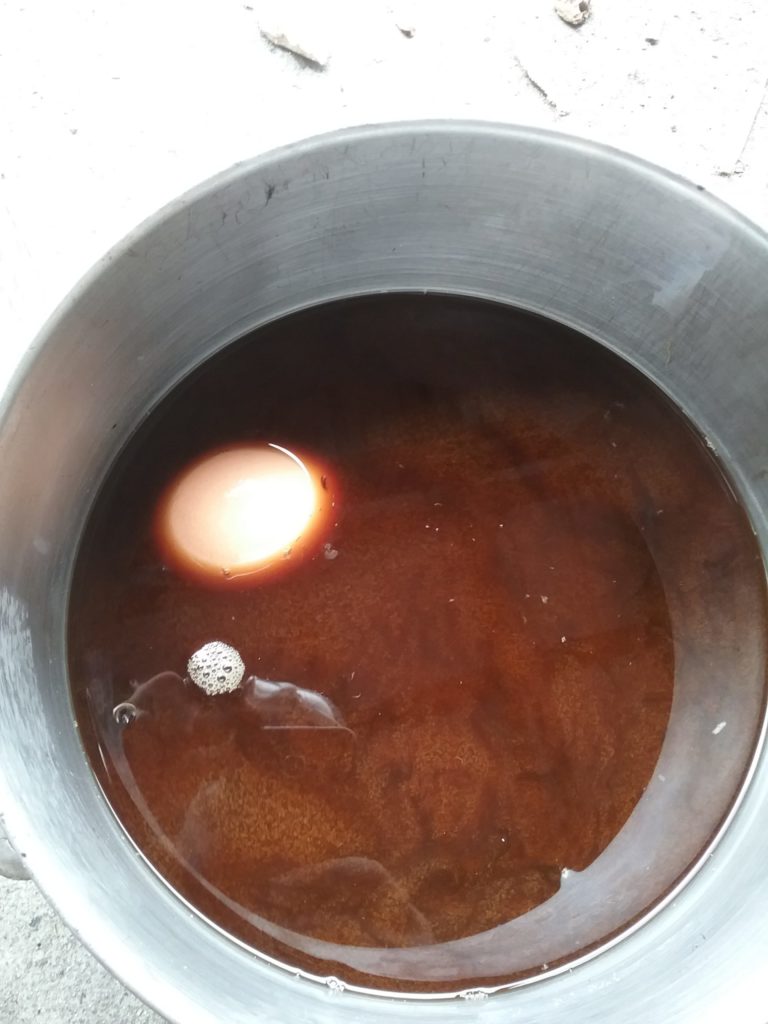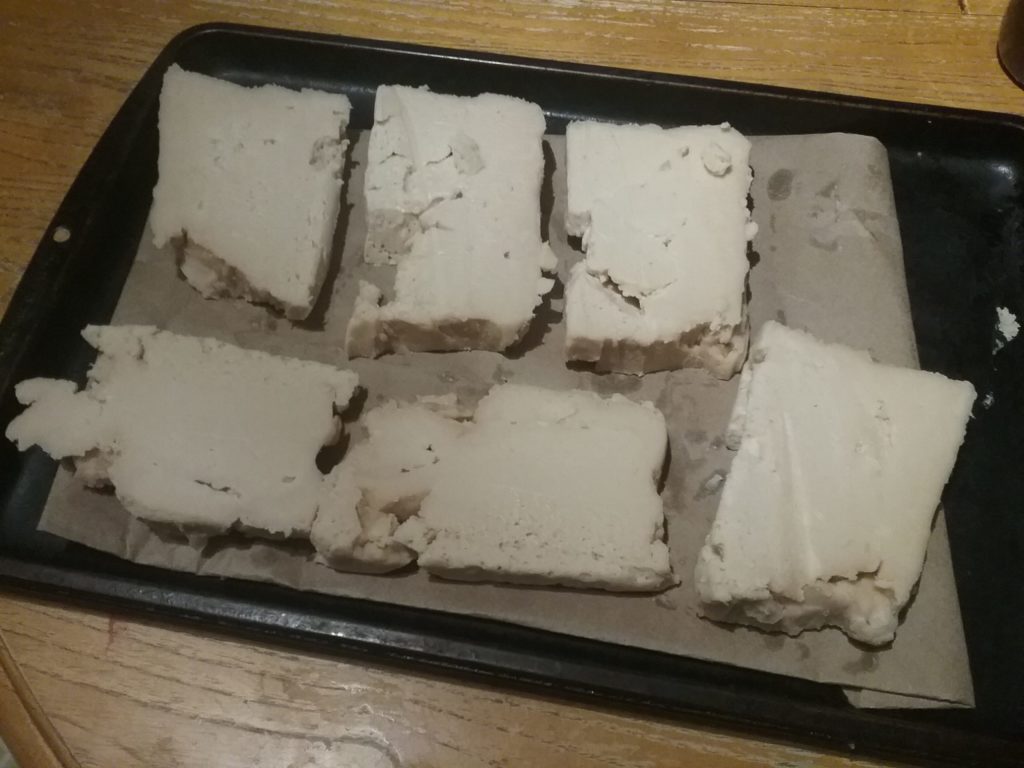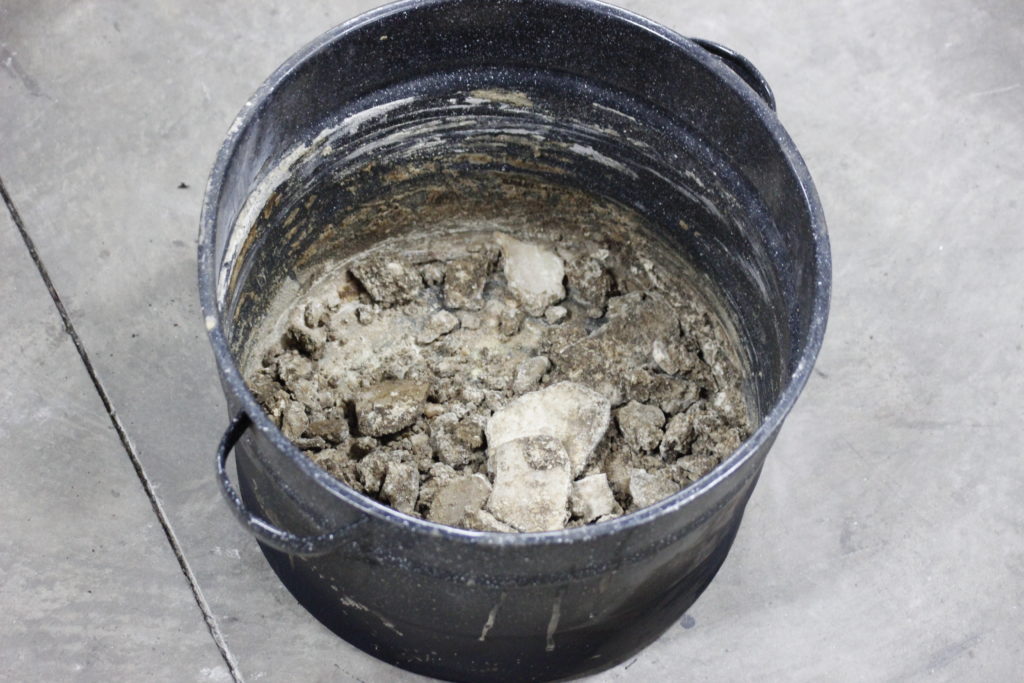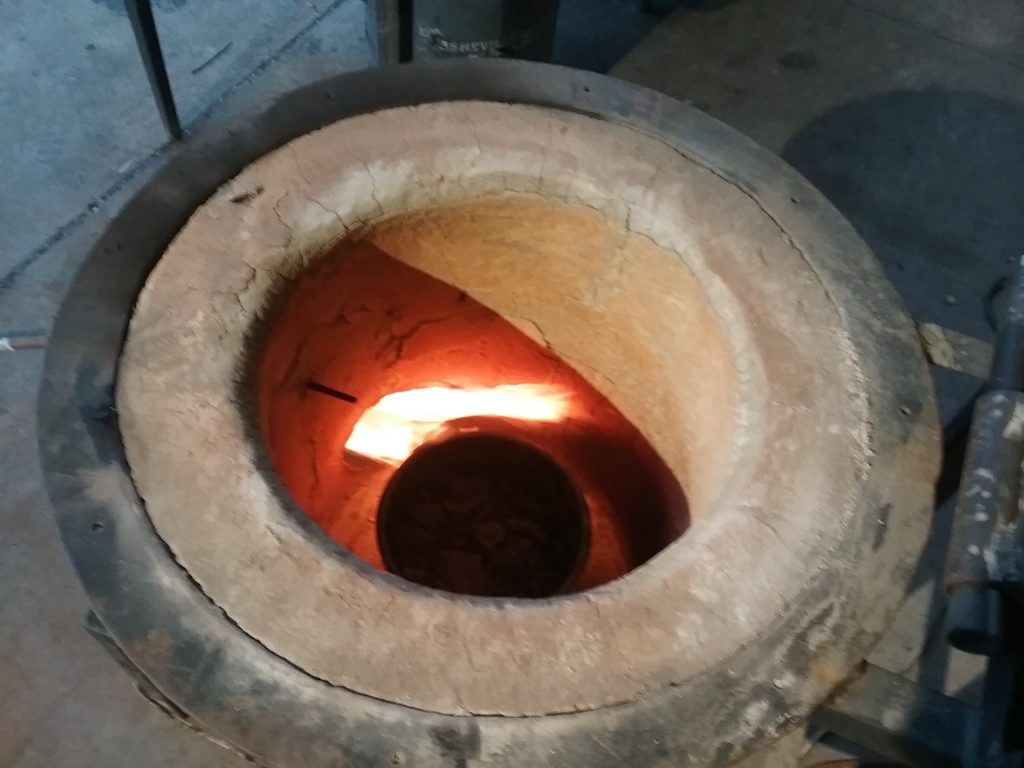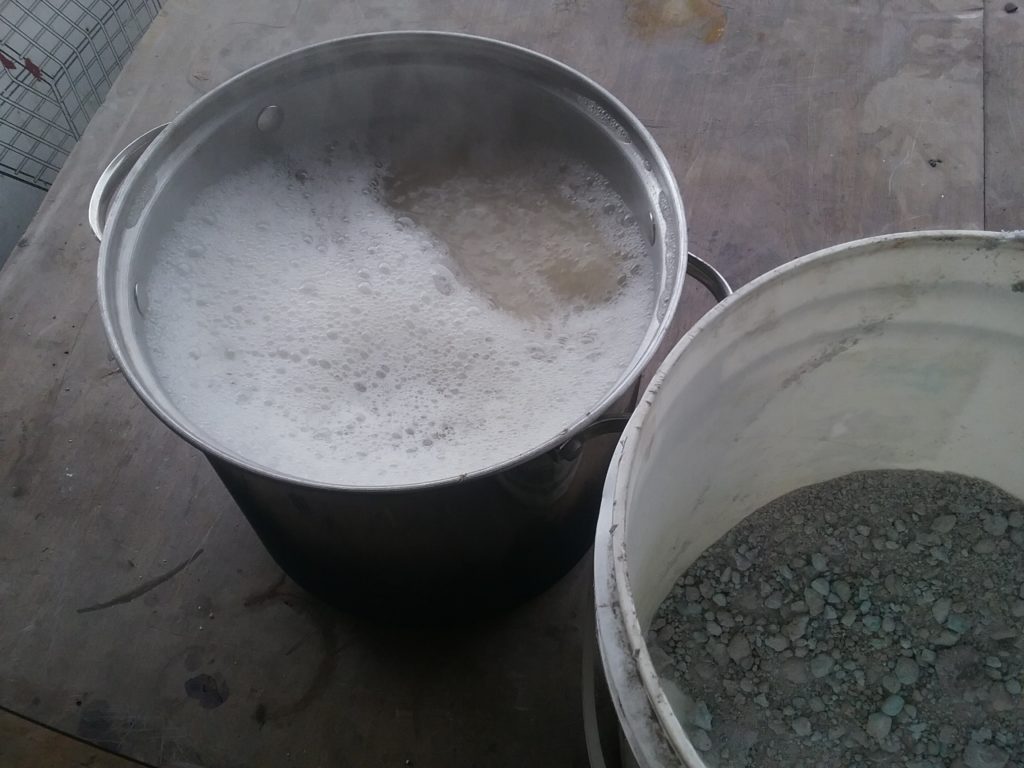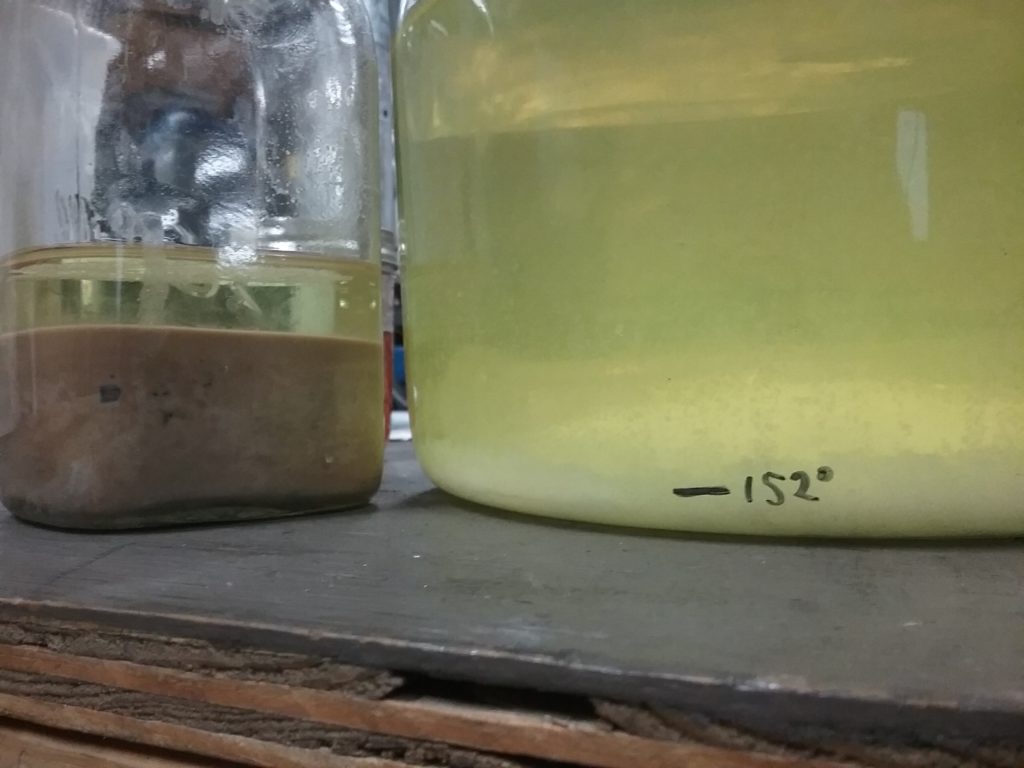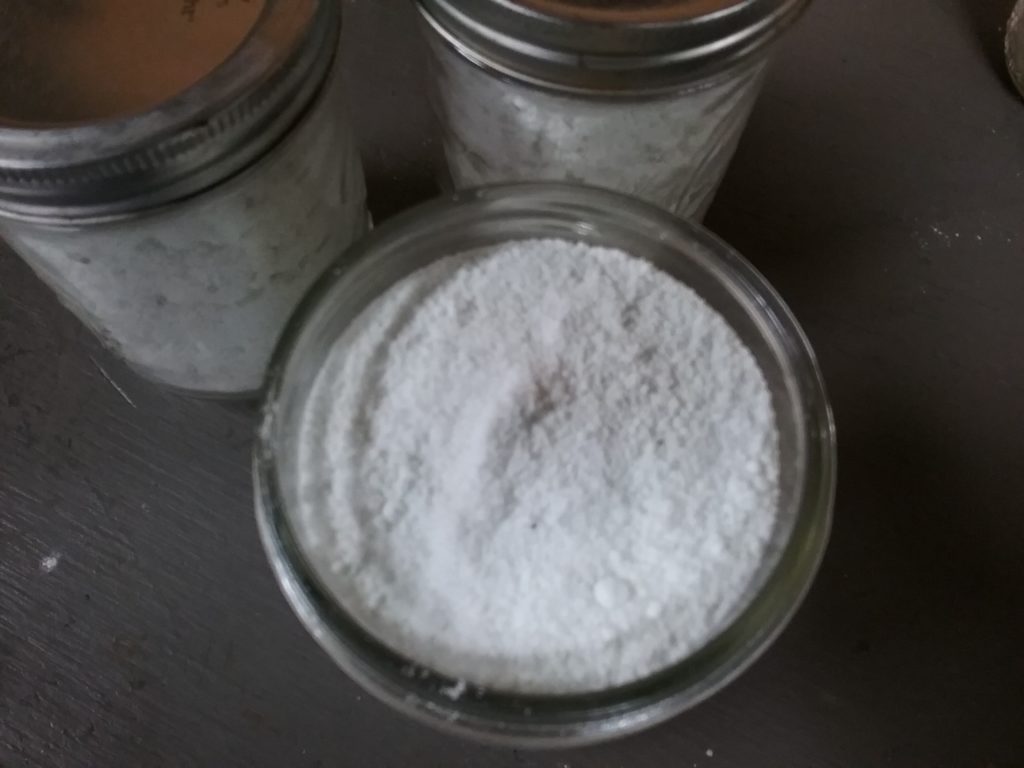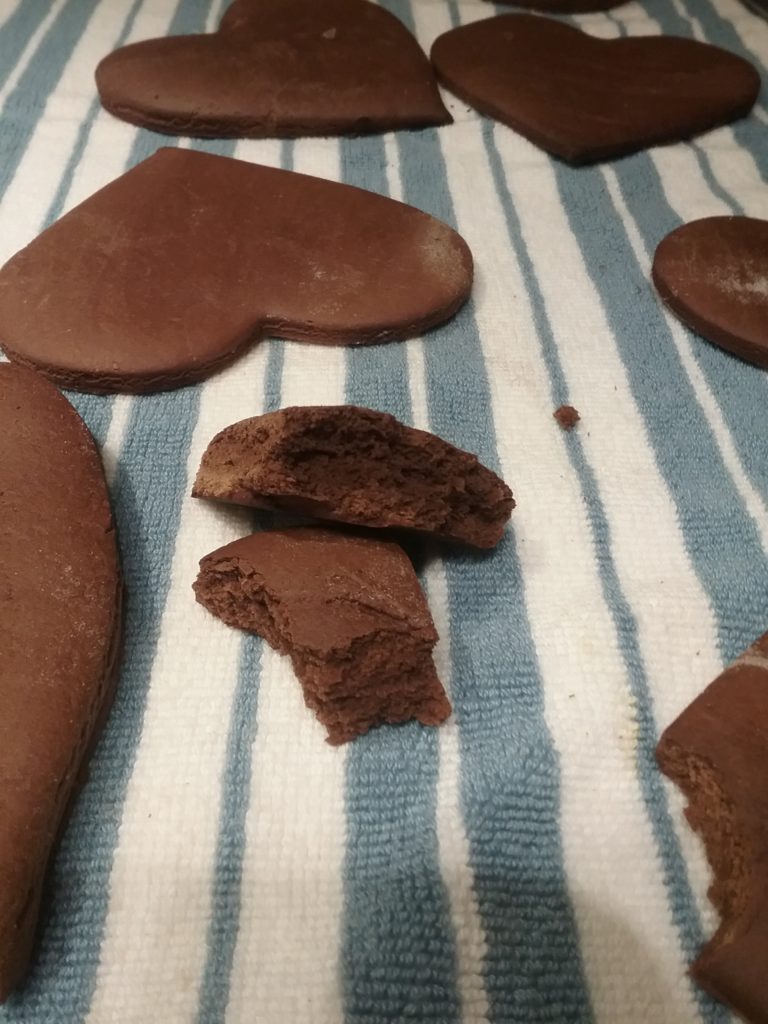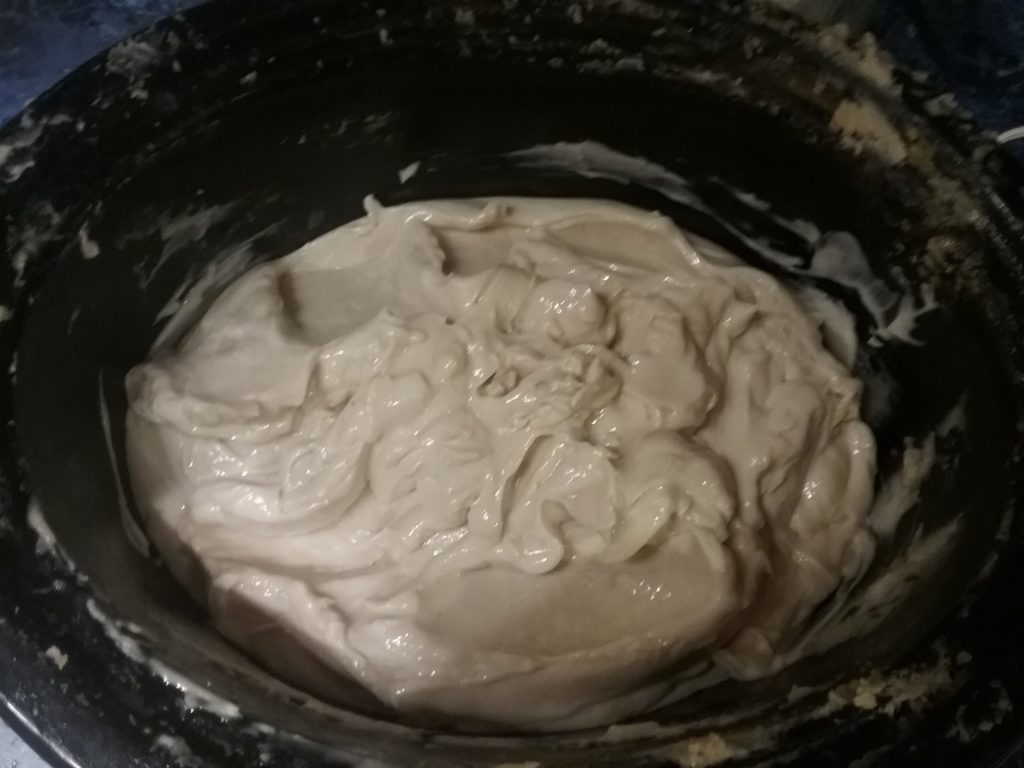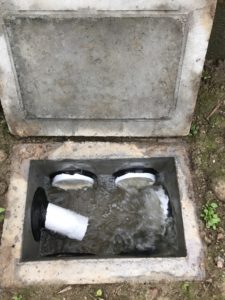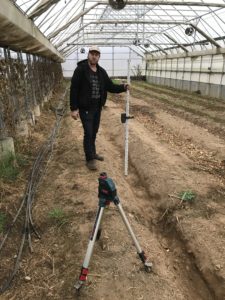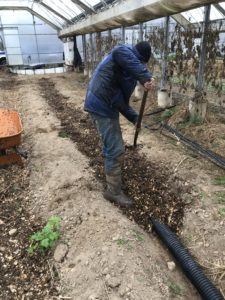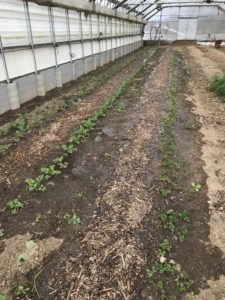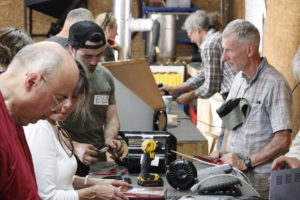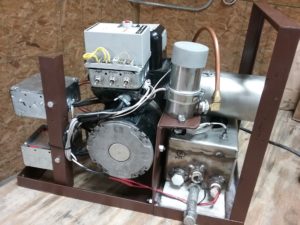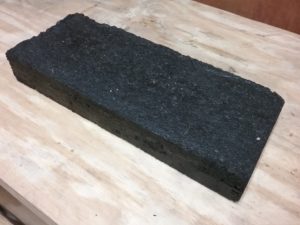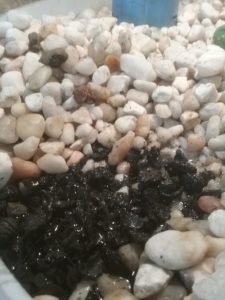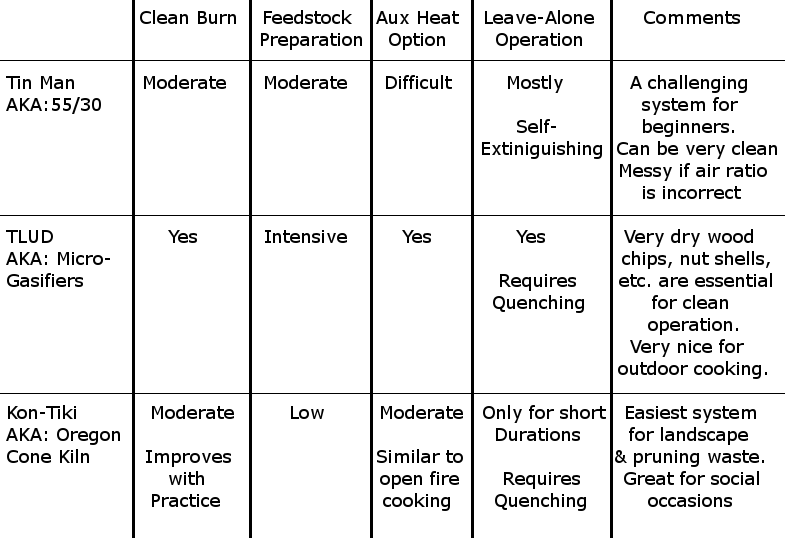By Greta Dietrich
Plants are intrinsically woven into our existence and have been throughout time. All cultures and histories have depended on plants for survival, for nutrition and healing. Many modern kitchen herbs have originated from other parts of the world and are not native to Western North Carolina. Their uses and stories have been shared between cultures and passed down through generations.
Many of these herbs are in our kitchens right now and still used today much in the same or similar ways as our ancestors. Each plant holds a unique story reminding us that healing is accessible and begins right outside our door. The human/plant relationship and intertwined histories are essential wisdom that is vital to preserve. By bringing the green world into our kitchens we broaden our connection with the natural world and deepen our relationship to our own healing and health.
The herbal allies mentioned here are easily found at any grocery store. Without even knowing it you may have already been integrating many of these herbs into your culinary pursuit. A reintroduction to these plants may be revealing as to the spectrum of healing they may offer; sometimes we just need a reminder of the abundance of what we are already acquainted with.
These common herbs, many of which belong to the mint family, can be easily grown and very adaptable if you have the space. If you live in a city or apartment and do not have the space to garden, try container gardening. If that is not realistic, try a community garden or CSA (community supported agriculture) or your local community co-op. Consuming plants grown in your bioregion (locally grown) have a rich phytochemistry of active constituents specific to that place they grow. The specific ecology of these locally grown plant allies can aid the body in its adaptability and immune function. Get to know these plants and they will be allies. Growing your own herbs and/or learning to wild forage is good practice in sustainable health and preventative medicine.
Garlic: Allium sativum
Garlic is native to Central Asia and Northeastern Iran. Garlic has been found in ancient Egyptian tombs, Greek religious temples, and it has been mentioned in ancient Traditional Chinese and Ayurvedic materia medica. It has been prized for its medicinal uses for 5,000 years. This classic staple, also known as “stinking rose”, has been used around the world on every continent for thousands of years. Our ancestors used it often as a blood cleanser and anti-parasitic, with reference to its ability to increase stamina in athletes, soldiers and the working class. Its odiferous qualities can be contributed to the strong concentration of sulphur compounds. The medicinal benefits of its culinary uses can be enjoyed on a daily basis to heal and increase immunity. As an herbal ally it acts as a circulatory stimulant, which aids the heart in moving blood through the body and tissues, while also reducing cholesterol.
Garlic’s immune modulating actions refer to its ability to enhance the body’s ability to create natural killer (NK) cells. The antimicrobial and antiviral actions of garlic have been shown in studies to be an anti-inflammatory powerhouse. Similar to the action of antibiotics, garlic acts as an immune stimulant and also decreases pathogens in the body without killing or modifying the gut flora. Lastly, but certainly not least in it’s repertoire of actions on the body, garlic is a stimulating expectorant. An expectorant aids the respiratory system in releasing mucus and phlegm, acting as a stimulant when lung congestion is present by assisting in the release of mucous through the action of coughing. Garlic is a sure ally during cold and flu season.
Taken daily as a tonic, garlic is a beneficial plant with a broad spectrum of uses. You can do this by adding it to meals. It is suggested that upon mincing garlic, let it sit after chopping on the cutting board for 15-20 minutes to maximize health benefits. This “resting” period for the garlic activates an enzyme called Allicin which boosts the immune system.
Finer chopping yields more allicin, which is responsible for its antibacterial and antifungal actions. It is considered preventative for heart health, diabetes, and immune support. It commonly has innumerable applications to be used in food. The addition of garlic as a daily condiment when used fresh, sautéed, fermented or as an infused garlic in honey, is a great way to use garlic into your diet for additional health benefits.
Garlic is an easy and rewarding crop to grow at home either in containers or in your garden. Garlic is planted in fall or early winter and harvested in mid summer.
Thyme: Thymus vulgaris
This ancient culinary herb is a perennial native of Southern Europe and Western Mediteranean. There are around 300 varieties of this very aromatic plant. Thyme is a member of the mint family as well. The scent of thyme is characterized by the phenols Thymol and Carvacrol. The name originates from the Greek word thumos meaning courage. Warriors and knights alike would wear sprigs of thyme when entering battle, as it was believed to give them added strength.
An infused honey can be made by harvesting the vitamin A and C rich sprigs in the spring before flowering. It is handy to have on hand by fall to aid in treating coughs. Thyme can be utilized through steam inhalation to treat upper respiratory infection. As a tincture, it can be taken internally for its antimicrobial and antibacterial actions. Thyme makes a wonderful infused vinegar used to make salad dressings or as a tea.
Thyme is one that is easy to grow, and I have found it is forgiving. No matter the size of your garden, there is room for thyme. It also grows well in pots. You can grow easily from seed by cuttings or layering in a rich well draining soil in spring either in pots or directly in the soil. Harvesting can be done throughout the entire growing season.
Rosemary: Rosmarinus officinalis
Rosemary is a mediterranean shrub and a member of the mint family. Medicinally it is used as a mental stimulator, circulatory stimulant, anti-microbial, stimulating/relaxing Nervine, and as a treatment for fungal infections. As an evergreen shrub ( in warmer climates) with needle-like leaves, rosemary has a reputation as an herb for remembrance. The scent is a deep robust lemony pine woodsy aroma, refreshing to the mind. Rosmarinus means “dew of the sea”. The ancients revered this herb for strengthening the memory. Rosemary was traditionally worn by brides in their hair so as to always remember their families, and the dead would be buried with it so as not to be forgotten after they were gone.
As the ‘memory’ plant, or ‘remembrance’ plant, has approached present day, research has shown that the essential oil of rosemary aids in short term memory. The blend of rosmarinic, acid, carnosol and carnosic acid helps with oxidative stresses in the brain. In the scientific community there is recent interest to further study this plant for all of its cognitive enhancing and antioxidant functions. The inhalation of the essential oil either in a steam bath or humidifier is shown to be beneficial in aiding in remembering and recovery.
Research has been done revealing that rosemary’s essential oil and tea has been used to reduce side effects of radiation damage. In many studies done, it is shown the consumption of rosemary drastically reduces the side effects of radiation sickness. It is used as a fervent heart health herb because of its circulatory stimulant actions and ability to improve inflammation in the cardio-vascular system.
As with many plants in the mint family, rosemary is also an ally for colds and flus. It aids in relieving symptoms of congestion in the sinuses by steam, teas or tincture. According to The Treasury of Botany, a popular dictionary of the vegetable kingdom published in 1866 by John Lindley and Thomas Moore:
‘There is a vulgar belief in Gloucestershire and other countries, that Rosemary will not grow well unless where the mistress is ‘master’; and so touchy are some of the lords of creation upon this point, that we have more than once had reason to suspect them of privately injuring a growing rosemary in order destroy this evidence of their want of authority.’
The leaves can be harvested at any time during the growing season and used fresh, dried or frozen to use during colder months. Rosemary is easy to grow in warmer climates. It prefers full sun, south facing against a wall to protect from the North wind especially in winter months. Mulching is essential if grown in colder climates outdoors or can be brought indoors easily in a pot and placed in a window in full sun.
Parsley: Petroselinum crispum
Another native to the Mediterranean region, Parsley is a member of the carrot family Apiaceae. Parsley is a widely used culinary herb, great both fresh and dried. Many cultures are reported to wear it for various reasons – the Romans in particular wore it as garlands to ward off intoxication during festivals and were given as a wreath during weddings to ward off and protect against evil spirits. Grown as a biennial herb in northern climates as it takes two years to complete its life cycle. There are two types of parsley, flat leaf parsley and curly leaf. The leaves picked in their first year are best.
Parsley offers more nutritional value than most folks are aware of. It is extremely high in vitamin A and C and it supplies five times more than your needed daily intake of vitamin K, which is instrumental in bone health and blood clotting. Parsley is extremely rich in antioxidants. Antioxidants reduce stress in the body associated with oxidation. To get the most benefits from parsley start integrating it more as a staple than a garnish. Using it in larger quantities in your salad, pestos and soups. Most often parsley is more thought of as a digestive aid, however you can also use parsley as an ally for the urinary tract system as parsley aids in urinary tract infections and kidney stones. Most folks aren’t familiar with the root of parsley, but used as a strong decoction it has a much stronger diuretic action.
Growing parsley is easy directly in pots or in the garden. Plant in direct sun, in well-drained soil and water regularly.
Ginger: Zingiber officinale
Ginger is historically known as the “great medicine” or “mahaoushadha” among ancient Indians. A native to southeast Asia, ginger has been used for many thousands of years. Ginger was introduced into the Americas by the Spaniards. As a tropical perennial it is now widely cultivated all over the world. It has a subterranean stem, known as a rhizome, that is the edible portion of the plant. The spicy and sweet flavors of ginger come from the phenolic elements of gingerols, its most abundant constituent. This pungent herb is very warming and drying. Incredible for aiding in digestion, it works wonders as an anti-inflammatory, antimicrobial, stimulating expectorant and blood mover. I often get asked if I could choose only one herb that I could use if I was stranded somewhere, I pretty much always think of ginger. I use it in the winter months to warm me up, as it improves circulation to my chilly feet. I drink its fresh squeezed juice to help stimulate my immune system and is a great ally for relieving stomach aches (although be wary of giving the fresh juice to children as it is powerful).
In Chinese medicine the fresh root is called sheng jiang. In its fresh form its used to promote sweating and as an expectorant for colds and flus. The dried root is called gan jiang and is used to warm and stimulate the stomach and lungs, a yang tonic and restorative. Ginger is also used to moderate pain with its anti-inflammatory actions, and is specifically good for cramping associated with digestive issues or menstruation with its anti-spasmodic actions. For colds and flu ginger aids the body in releasing stuck mucus using a poultice over the chest or by drinking a strong decoction. Cooking with ginger in soups is a great way to become acquainted with its ability to offer its medicinal benefits by also enjoying its flavor.
It can be grown in a pot in a sunny windowsill, outside during warm/hot months in a pot or interplanted in the garden. They do very well in the greenhouse.
Sage: Salvia officinalis
There are many different species of sage. S. officionalis is known as the garden sage – a perennial evergreen shrub also native to the mediteranean region, and also another member of the mint family the Laminacea. Salvia is the largest genus of this family which includes nearly 900 species. It is the culinary sage S. officionalis that is familiar to most kitchens. The word salvia is derived from the Latin word Salveo ‘to save or heal’. This gives reference to the many healing attributes this plant has. Traditionally it is associated with longevity and has a reputation similar to rosemary with restoration of failing memory. In lineage with other plants that are associated with memory, it was a popular herb to plant on top of graves. Historically it was very popular in trade as well. While tea was being traded between the British and the Chinese, it is reported that the Chinese valued sage so highly that they would exchange two cases of tea for one case of the English sage.
Sage has a strong and pungent flavor with a slight bitter tang. This bitter pairs well with fatty food. The aromatic bitters of sage have traditionally been used in ales. The leaves can be harvested throughout the growing season and used fresh or dried. The herbal actions of sage are carminative, antispasmodic, astringent, anti-biotic, reduces blood sugar levels, promotes bile flow, circulatory stimulant, sedative and clears heat. The leaves can be used in an infusion to create a digestion, liver stimulant, improving digestion. This sturdy and drought resistant resinous herb grows within a large spectrum of growing zones.
Sage is a very forgiving. It a sunlight lover and prefers well drained soil. It should be direct sown into pots or the garden.
Using plants in everyday life is essential to health. The common cooking herbs are rich in benefits and applicable in so many different ways. Their rich history in the lives of our ancestors has been preserved so much through food and medicine. Start cultivating your own relationship with the green allies of the plant world into your life by bringing them closer, into your gardens, windows and kitchens.
All information written here is for educational and informational purposes only. The statements here have not been evaluated by the Food and Drug Administration. Information is not intended to diagnose, cure, treat or prevent any disease. Readers are advised to do their own research and make decisions in partner with their health care advisor. If you are pregnant or nursing or have a medical condition please consult your physician.
